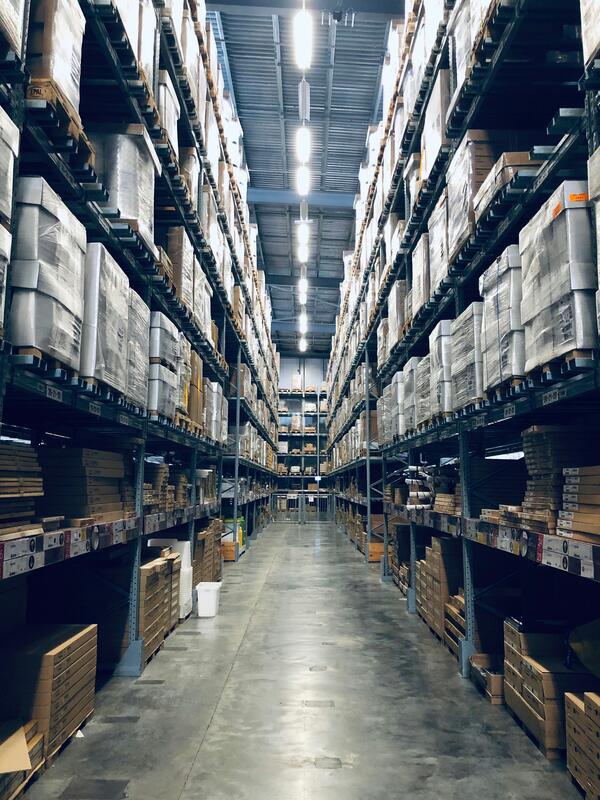Sustainability in Warehouse Construction
1. Environmentally Friendly Materials Using environmentally friendly materials in warehouse construction is becoming increasingly important. This includes recycled materials, low carbon-emission materials, and locally sourced materials. These materials not only reduce the environmental footprint of construction but also improve indoor air quality within the warehouse.
2. Energy Efficiency Energy efficiency is a crucial aspect of sustainable construction. Installing energy-efficient heating, ventilation, and air conditioning (HVAC) systems, as well as using LED lighting, can significantly reduce energy consumption. Solar energy, through the installation of solar panels on warehouse roofs, represents an additional step toward energy self-sufficiency.
3. Green Roofs and Facades Green roofs and facades not only enhance the aesthetic appearance of warehouses but also provide additional ecological benefits. They help absorb rainwater, reduce the urban heat island effect, and provide insulation, leading to lower heating and cooling costs.
Efficiency in Warehouse Design
1. Optimal Space Utilization Efficient warehouse design requires careful space planning to allow for maximum utilization. This includes high-rack storage systems, which enable vertical storage and thus optimize the available space. Additionally, flexible design that accommodates different types of goods can increase operational efficiency.
2. Automation and Technology Modern warehouses increasingly utilize automated systems and technologies for storage management. Automated Storage and Retrieval Systems (AS/RS), conveyor belts, and robots for moving goods significantly reduce the need for manual labor and increase the speed of operations. Inventory management software platforms allow real-time tracking of goods, optimizing storage and delivery processes.
3. Ergonomics and Safety The design of modern warehouses must also consider employee ergonomics and safety. This includes ergonomic design of workstations, adequate ventilation and lighting, and the application of safety standards to reduce the risk of injuries. Properly designated pathways and clearly marked zones for storage and operations further contribute to a safe working environment.
Examples of Successful Practices
1. Amazon's Fulfillment Centers Amazon’s fulfillment centers are an excellent example of modern, efficient, and sustainable warehouses. They use advanced technologies such as robots for moving goods and automated conveyor belts, enabling fast and efficient processing of a large number of orders. Additionally, Amazon implements green initiatives, such as the use of solar energy and recycled materials.
2. Prologis Prologis, a global leader in industrial real estate, also leads in implementing sustainable practices. Their warehouses are designed with a focus on energy efficiency, including the use of LED lighting, energy-efficient HVAC systems, and green roofs. Prologis is committed to reducing carbon emissions and increasing sustainability through innovative design approaches.
The construction and design of modern warehouses require a balance between efficiency and sustainability. The use of environmentally friendly materials, energy-efficient systems, and advanced technologies not only reduces the negative impact on the environment but also increases operational efficiency. As the demand for storage spaces continues to grow, the application of these contemporary practices becomes crucial for a sustainable future in logistics.







